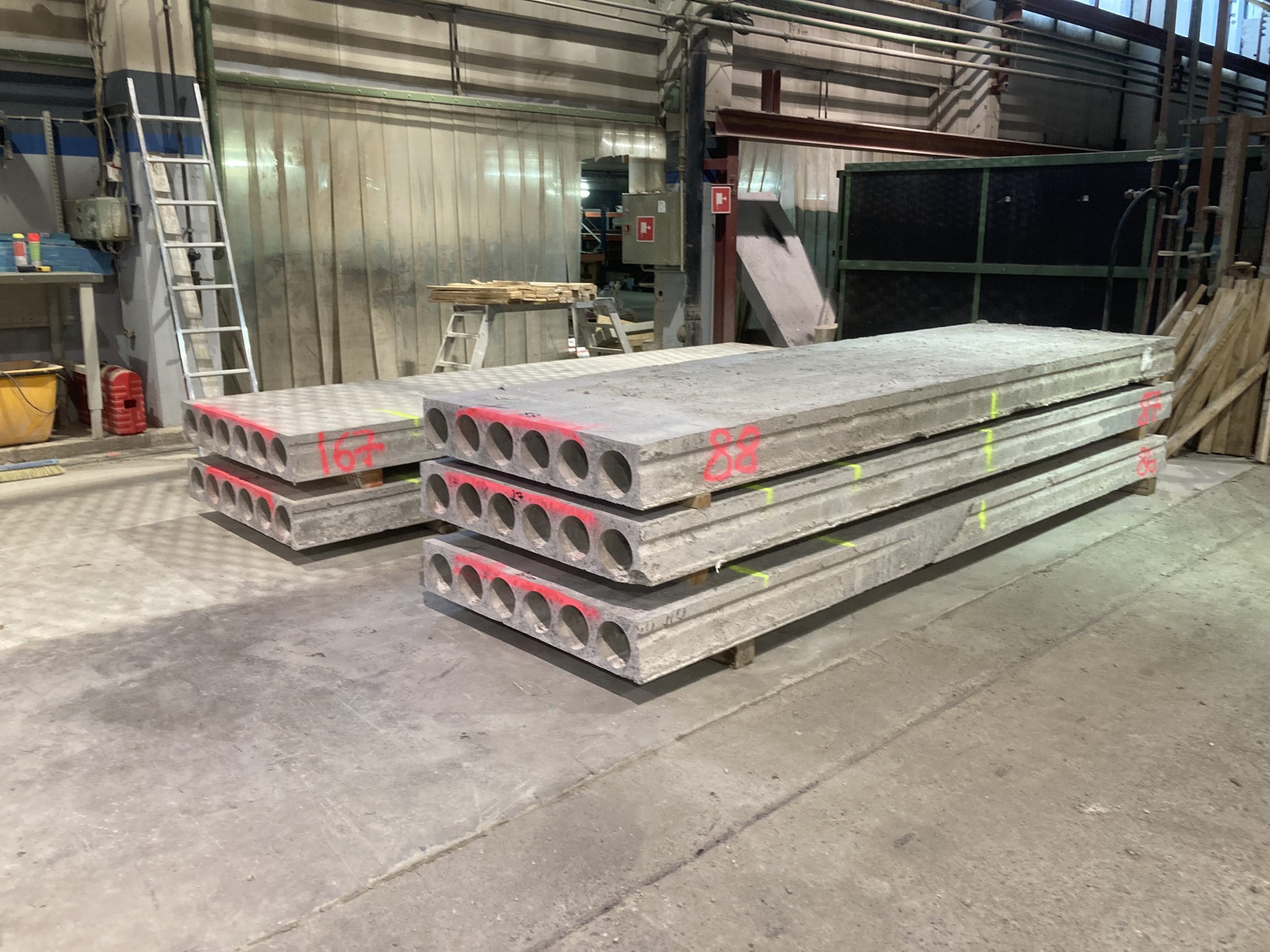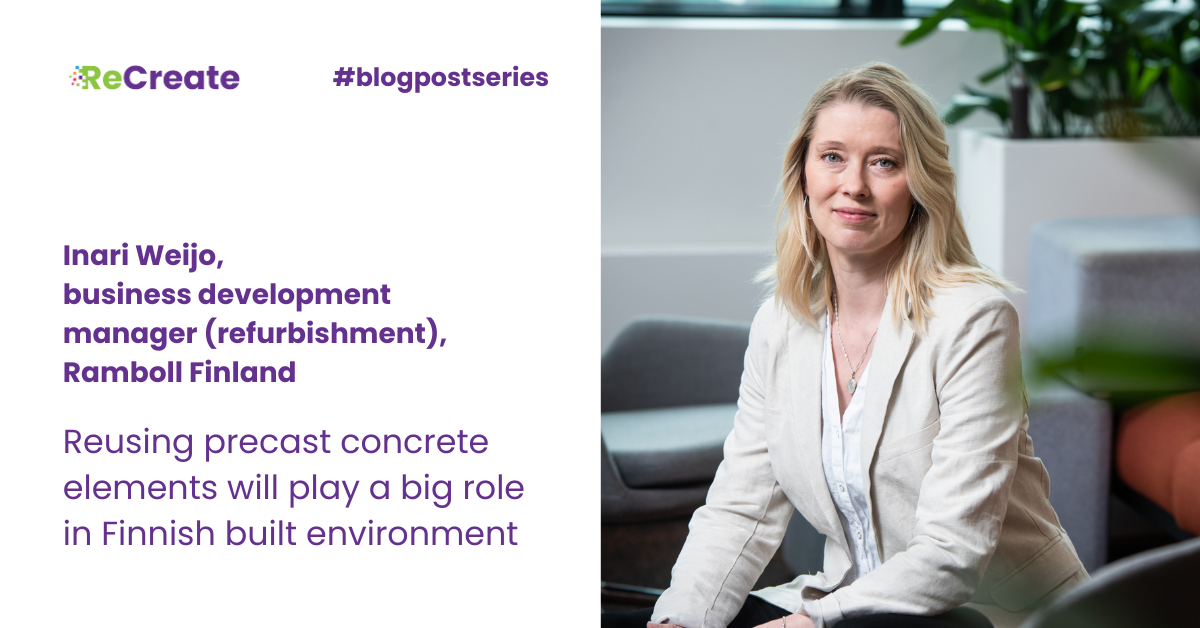Inari Weijo, business development manager (refurbishment), Ramboll Finland
During my master’s thesis work over 15 years ago, I familiarised myself with precast production and its history in Finland. After that, precast concrete has been playing a role in one way or another in my work career. Many projects have involved either repairing precast concrete buildings or building new ones. Since the 1970’s, precast concrete production has formed a significant part of the Finnish construction sector. The systematic and ‘simple’ method provided a standardized way to build, and it quickly became very widespread. The precast concrete system has been criticized for producing a unified stock of buildings, reducing versatility in urban environment and suppressing designers’ creativity. Since the early days, though, the technique spread to erecting ever more complex and monumental buildings. It has been foundational for providing a fast and trusted way for building construction in Finland. There are thousands and thousands of precast concrete buildings here, and some of them are already slated for demolition. A part of the buildings suffers from degradation, but many are just mislocated from today’s point of view.

Figure 1. Finnish deconstruction pilot in Tampere, building vacated before the deconstruction of elements for reuse.
I believe that technical know-how is essential for creativity and enables responsible and sustainable construction. We must be more aware of our decisions’ environmental impacts when building new. Architects’ and engineers’ creativity is ever more challenged as we must prioritize sustainability values. Knowing the technical limitations and possibilities is crucial, so that creativity can be unleashed in the right place at the right time, and adverse uncertainties can be eliminated. Building new is inevitable in the future too, but we need to redefine ‘new’. We must apply regenerative thinking, create net positive solutions and aim for more ambitious circularity. The actions we undertake should have a positive impact on nature and the environment so that instead of consuming it, they restore and revive it. This is a leading value for Ramboll.

Figure 2. Regenerative approach to construction. Image source: Ramboll.
The prevalence of precast technology and the aim for a regenerative effect on environment are two leading thoughts that that drive our ambition here at Ramboll to examine and challenge the present business as usual in the construction sector. The headline’s statement inspires me and my colleagues at Ramboll Finland when we seek to find alternative ways to utilize what already exists. The built environment is a bank of building parts that has technically perfectly fine components stocked in it, preserved intact inside buildings. Only processes and systems to utilize them effectively are needed. I sometimes face people itemising reasons and obstacles why reusing building parts is way too difficult. I believe this pessimistic attitude may well up from the insecurity that follows from the building sector changing dramatically. There may also be a disbelief whether the huge leap, which is necessary, can be taken. Some of the items that the sceptics list are well known, some are relevant, and some are just fictional. We need to keep solving them one by one, showcasing with real-life projects that this is possible and acquire more experience to narrow down the gaping hole between the ‘old’ and the ‘new’ way of building.
An important milestone has been reached when the Finnish cluster finished the deconstruction of the pilot building in Tampere this autumn. We succeeded to reclaim several hundred hollow-core slabs, columns and beams intact, ready for use on next building site. It’s been encouraging to gain good test results, both before deconstruction, through a condition investigation, and after deconstruction, as some of the deconstructed elements have been load tested. All has been well from an engineer’s perspective! Now, the reclaimed building parts are being fitted into prospective new building projects. The search for the new building site has not been stalled because of any technical issues but rather by the currently poor market situation.
That final issue to solve – an important one indeed – is the business model that can support reuse. A circular business needs more collaboration among all the players in the field. Technically we are ready to say ‘yes’ to reusing precast concrete elements!

Figure 3. Reclaimed hollow-core slab, deconstructed from the donor building in Tampere.


